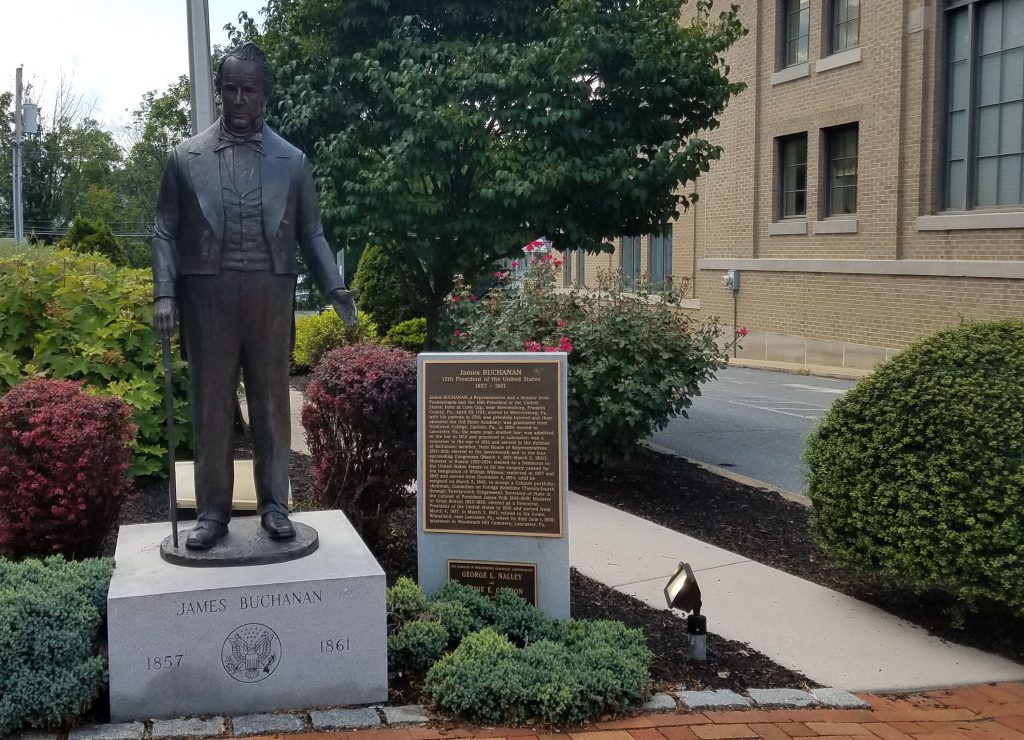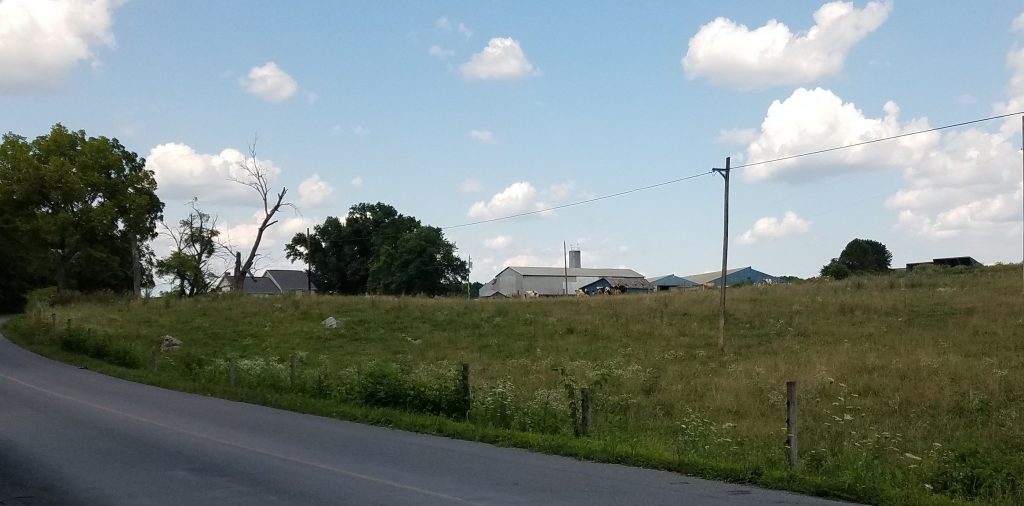I wonder if I have less to write each day of the conference because I am finding less or maybe just getting tired.
Did I get tired, or did I just get lazy?
Understory dynamics
Todd Hutchinson talked about understory dynamics in eastern oak ecosystems, and the seed banks. Seed and plants can persist for many years. Sometimes you can bring them back to life by opening the canopy. Fire alone is not usually sufficient, and neither is thinning alone. Together they do a better job. Disturbance is important. There is not much longitudinal research available on seed banks, but there is a comparison from Wisconsin a study done in 1950 and again in 2004 of an undisturbed oak forest. There was a 23% decline in species present. The seeds and plants persist, but they do need a periodic disturbance to grow and reproduce.
Barking up the tree
Heather Alexander talked about the differences in bark. Oaks have thick and rough bark. Maples, beech and poplar have smoother bark. Why does this matter? The thicker, rougher bark not only resists fire better, but it also absorbs water, making it less likely to burn. Another consideration that I did not consider was that rainwater runs down the trunks of trees. It runs down more easily on the smooth bark, making the ground and leaf litter wetter. All this means that the maples et al are less resistant to fire but also their characteristics make fire less likely.
All leaves are not the same
Marcus Lashley from MSU talked about the variables in how leaves burn. Oak leaves burn fast. Maple and beech tend to get wet and burn less well. They also decompose faster. What you have is differences in fire ecology.
History matters
I was thinking as they were talking about American chestnuts. They were once the most common tree in the eastern forests and then they were all gone. The extirpation of such a key species must have made a difference. It happened within the lifetimes of many of the oaks currently alive. Maybe that was the big change. We need to know the history of the land. This is history. Marcus Lashley’s study indicated that chestnut leaves are very flammable. What is the contribution of the loss? I asked three of the experts about this, hoping somebody will do research.
Chris Moorman from NC State talked about how fire can create diversity. Generally speaking, really hot and cool fires do not increase diversity. It is the middle sort that do a good job. Of course, sometimes we need a very hot fire to set things back.
Bats
Finally we had Carrie Allison from Fish and Wildlife talking about bats. Bats are a challenge for burning and forestry. Some are endangered and you cannot hurt even one. The dilemma is that bats usually thrive with fire. It is good for their foraging and they are attracted to recently burned areas, but while fire is good for bats as a group, it is very likely to harm some individual bats. It is a like missing the forest of trees.
I skipped out after lunch. Afternoon lectures were about extending the burn window. This is not a big issue for me. The weather in southern Virginia is okay for burning lots of days.
Small roads in PA
My pictures are from Orrstown, PA. I took that back way home and noticed the statue of James Buchanan. I guess he was born nearby. He was maybe our worst president, but I suppose a little statue makes sense. Rural Pennsylvania looks like Wisconsin.




